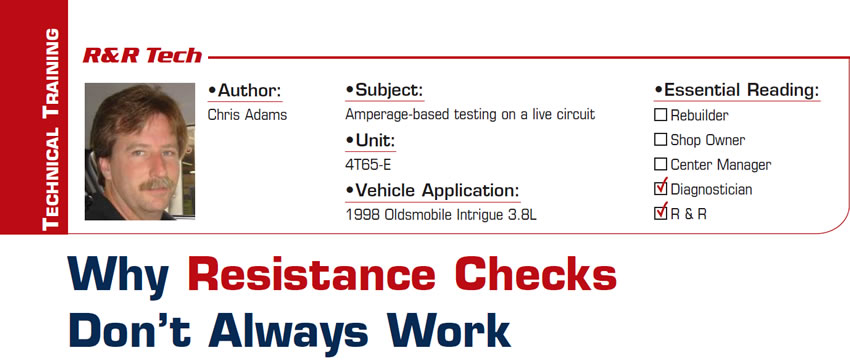Verifying Repairs: This is Where We Dropped the Ball
For this installment of R&R Tech I would like to take some time to discuss how engine performance can affect the transmission operation. We have all heard it before; the engine must be running properly in order for the transmission to function correctly. What does “properly” mean in this scenario? We all use different terms when we tell the customer, “You need to get the engine running properly” or good, correct, better, whatever terms we use; in our minds it all means the same thing.
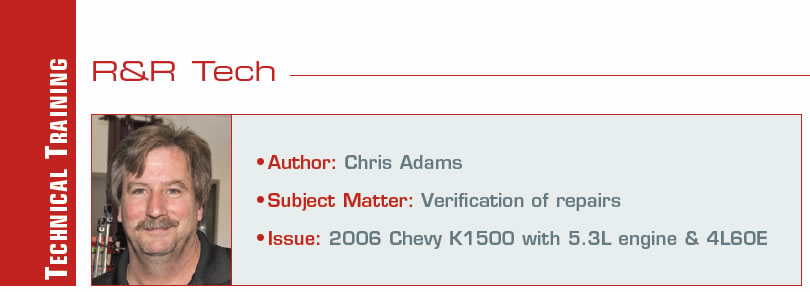
Get all info the customer has before starting
I have covered some general concerns that have arisen from aftermarket tuning devices and software in a couple of previous articles. I don’t want to sound like I just keep repeating myself, but the problems keep coming through the doors making this an ongoing relevant discussion. I don’t know if it’s just because I am more aware of these issues and maybe look for them more than some folks do, but somehow these vehicles find their way to our shop after the customer has been bounced around from shop to shop before they get referred to us. In this article I am going to cover one specific issue that I had ran into a few months back.
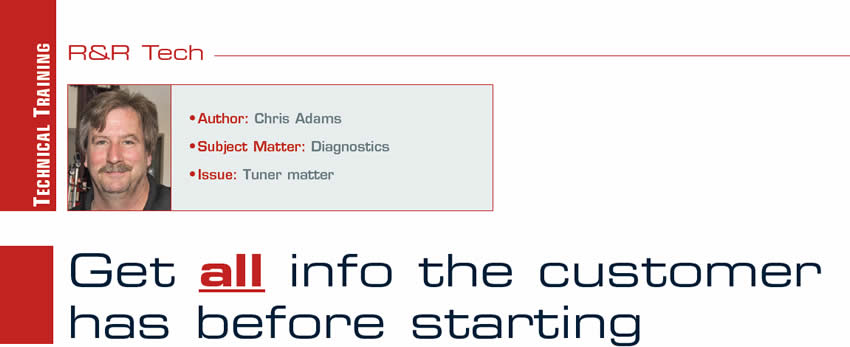
Checking on Accuracy of Dyno Tests
The focus of this article is the Toyota AB60, as it has a nice balance of five on/off solenoids: S1, S2, S3, S4, and SR. In addition to those, there are 4 PWM solenoids: SL1, SL2, SLT, and SLU, which all operate at about 335 Hz. The test vehicle is a 2008 Toyota Tundra equipped with a 5.7L engine.

Programming Isn’t Cheap
A few months ago I wrote an article about Diesel tuners in reference to keeping the software updated and some of the issues that can arise if they aren’t. This go around I will touch on something similar but different at the same time: vehicles that have third-party programming installed, but there is no tuner that you can hold onto or plug in and update. This is hardware that has the ability to pull the factory calibration from the ECM/TCM in order to be edited, and then flashed back into the ECM/TCM. HP Tuners and EFI Live are the “big two” so to speak, and there are a few up-and-comers entering the market, but for the most part these are the brands that are the most widely used and can give us some headaches.

Tuner-Update Software Easily Found Online
We all know how important it is to make sure the vehicles that come into your shop have the latest software loaded into the vehicle’s computer systems. No matter the make or model, they almost all have some kind of updated calibration that the OE decided was important enough for them to get the calibration approved and released, whether it be for drivability, fuel mileage, durability or just a software bug.
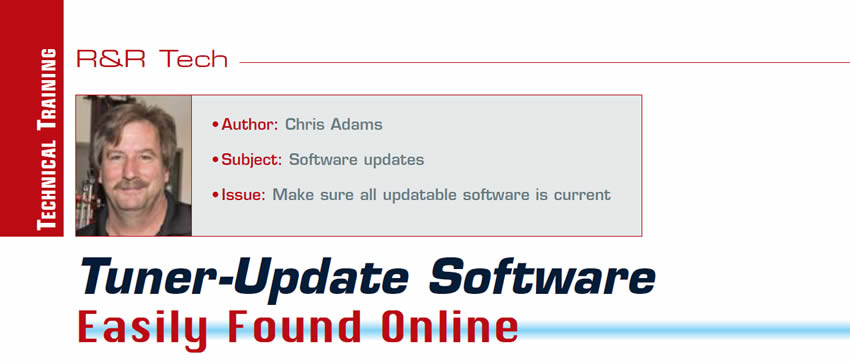
Problem or Process?: Surge may be byproduct of ‘displacement on demand’
Recently a 2006 Chevrolet Impala came into one of our retail locations with a surge complaint while cruising on the highway between 60-65 mph. I drove the vehicle with the customer to verify the concern and was able to duplicate the circumstances in which the vehicle acted up. While watching the tachometer I noted that there was a noticeable 150-200 rpm surge while TCC was applied. It felt like a typical TCC surge as a result from a leak in the TCC regulator circuit, so additional diagnostic steps were in order. We discussed this with the customer, and he authorized the additional time. At this point I was fairly convinced that we were going to need to go inside the unit.
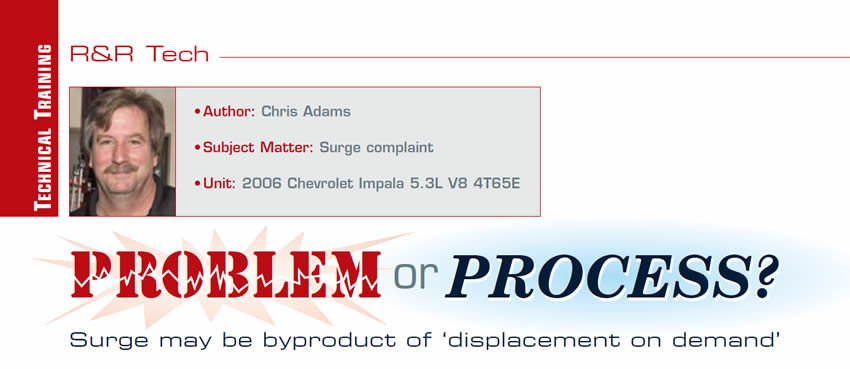
A Frustrating Problem or a Normal Condition?
We recently had a customer come into our shop with a 2005 Jeep Grand Cherokee. He was very frustrated because he had taken his Jeep to a couple of repair shops as well as a local dealership but they hadn’t been able to correct the problem. The Jeep had a binding condition (described as “grinding” by the customer) in tight turns when it was cold.
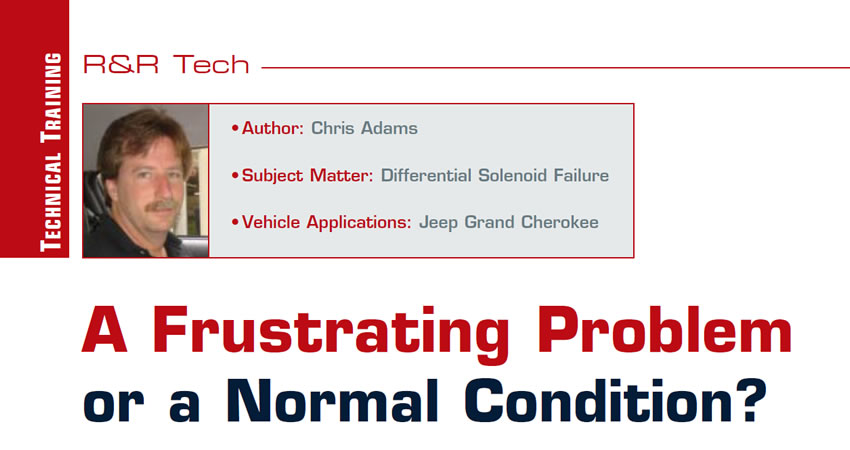
2008 Honda Civic Clutch Problem
On the initial road test and under normal driving conditions, the car seemed to be working fine. However, when the car was driven a little more aggressively, the customer’s concern became apparent. If you released the clutch pedal quickly, the pressure plate seemed to react slowly. Upon further inspection, we noted that when the vehicle was stationary with the engine off and the clutch pedal was partially depressed, it would take some time for the pedal to rise back up to the pedal stop.
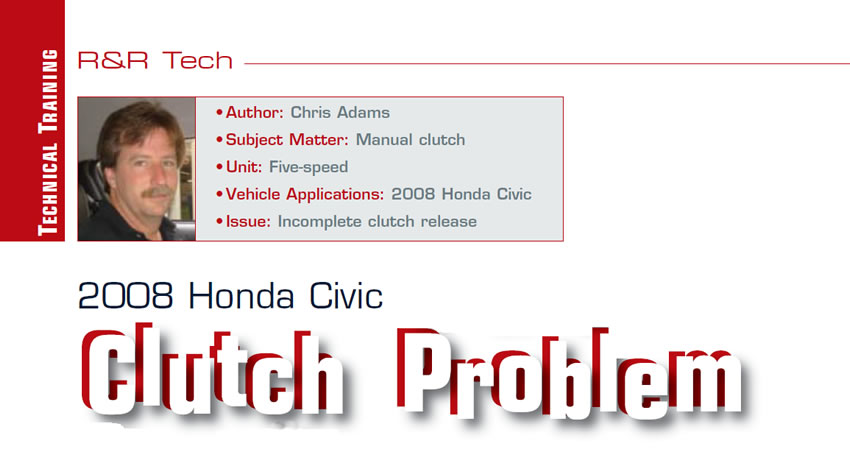
Aftermarket Accessories Can Be a Sobering Experience
Recently a 2005 Chevrolet Avalanche came into one of our shops with the customer concern of the transmission sticking in one gear intermittently, and the Service Engine warning light illuminating. When I went to start our pre-diagnostic evaluation I grabbed the scan tool and went out to the vehicle, only to notice that it had a “Smart Start” ignition interlock device installed (Figure 1).
At this point I decided to hook up the scan tool and check for codes before driving the vehicle, and I pulled codes P0740, P0753, P0758, P0785 and P2761. On the basis of these codes, we advised the customer that he had an electrical issue and we would need some additional diagnostic time. The customer agreed and left the vehicle with us to diagnose.
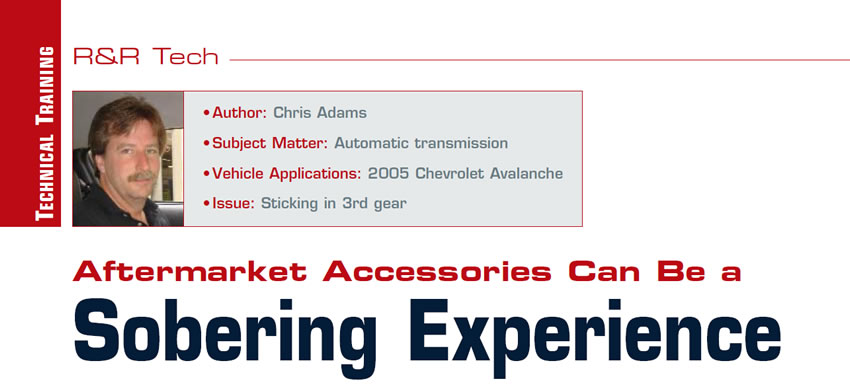
Diagnosing Explorer’s Shift Complaint not an Easy Task
A 2002 Ford Explorer came into our shop recently with a shifting complaint. The customer said it slipped or felt bumpy under fairly hard acceleration.
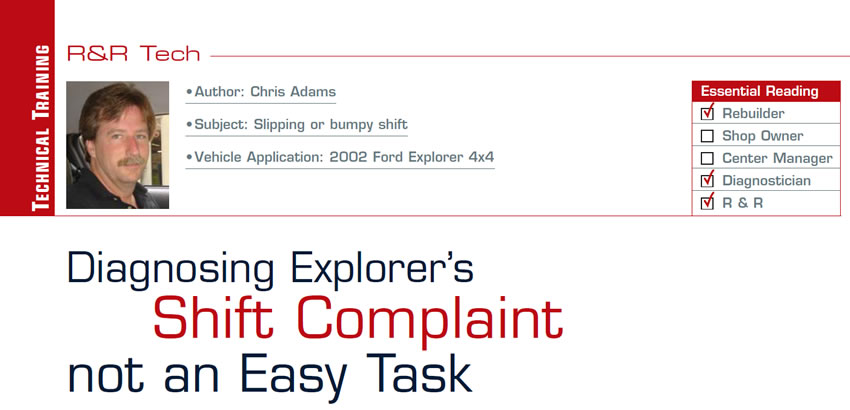
A Tale of two Hyundais
We recently received a call from one of our wholesale customers that had bought a carry-out transmission for a 2005 Hyundai Santa Fe. The vehicle had been out for a few months and was returned to the installer with a complaint of slipping shifts. Our customer had driven the vehicle and verified the complaint, removed the transmission and called us to send a replacement. At this point with the transmission already removed there was not much we could check so we sent out a replacement transmission.
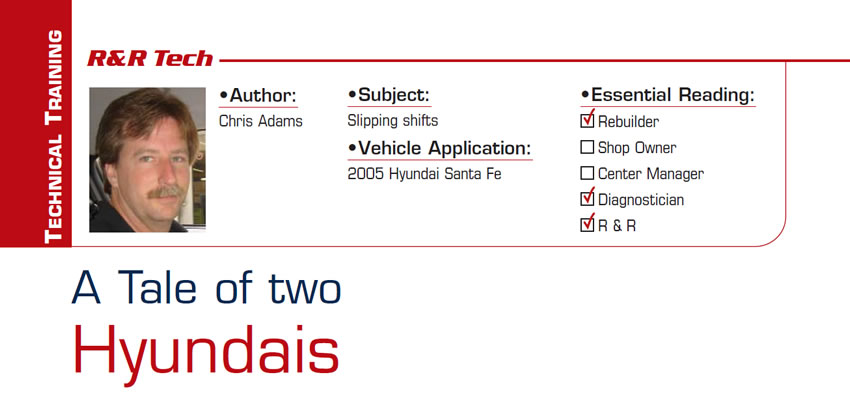
Why Resistance Checks Don’t Always Work
The example used here is a 1998 Oldsmobile Intrigue 3.8L with a 4T65-E transaxle that has a P0753 electrical code – 1-2 shift solenoid circuit – stored in the PCM; no other DTCs are present. The code will not set until the 1-2 solenoid is commanded to turn on. Now we have all seen the diagnostic flow chart for this code. No matter which repair-service publication you use they are all basically the same: Check resistance from here to here and here to here, from there to there and from here to ground, blah blah blah; I think you know what I mean. Then we print off a wiring diagram so we know what to look at.
